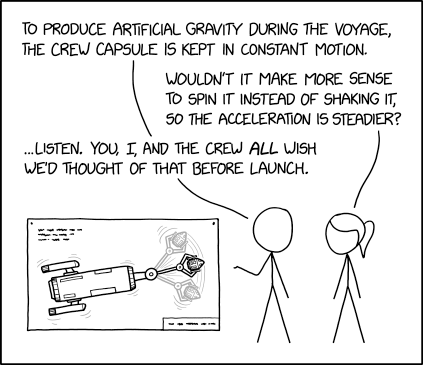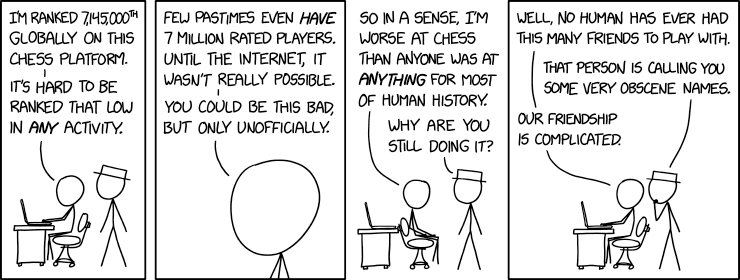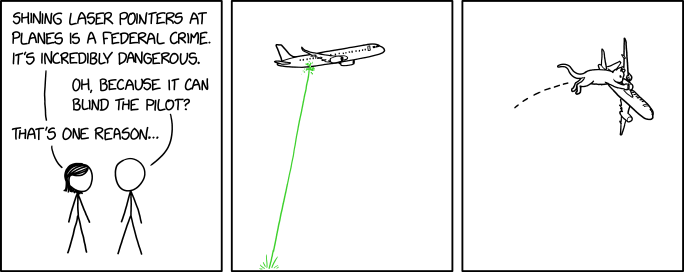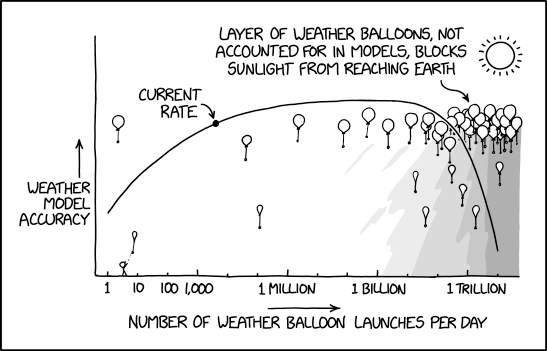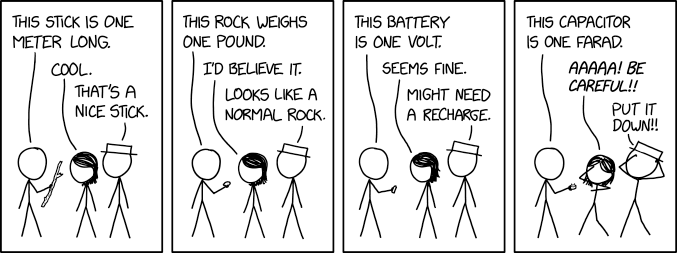In Praise of a Classic Text: Understanding Comics - Part I
7 July 2025 18:54I debated writing this post, because I tend to assume everyone knows Scott McCloud’s Understanding Comics - but then again, it’s not often cited as a classic fan studies text, though it absolutely is, and a key. Not only is it a fantastic theoretical and practical explainer of the art form of comics in general - and so is a crucial text to comics fandom, as well as all kind of fan art - but I think it is useful for fandom broadly because of its description of storytelling technique and, even more specifically, its understanding of identification.
McCloud argues (for example on the page below the cut) that readers identify more strongly with a more roughly-sketched face - in its most basic form, a smiley face - than with a fully-fleshed out, realistic or photorealistic portrait. In other words, we all see ourselves in a smiley face - or, for example - in somebody simply drawn like Charlie Brown - whereas if we see a very specifically drawn person, McCloud says we see the other–another, one who is not-me.
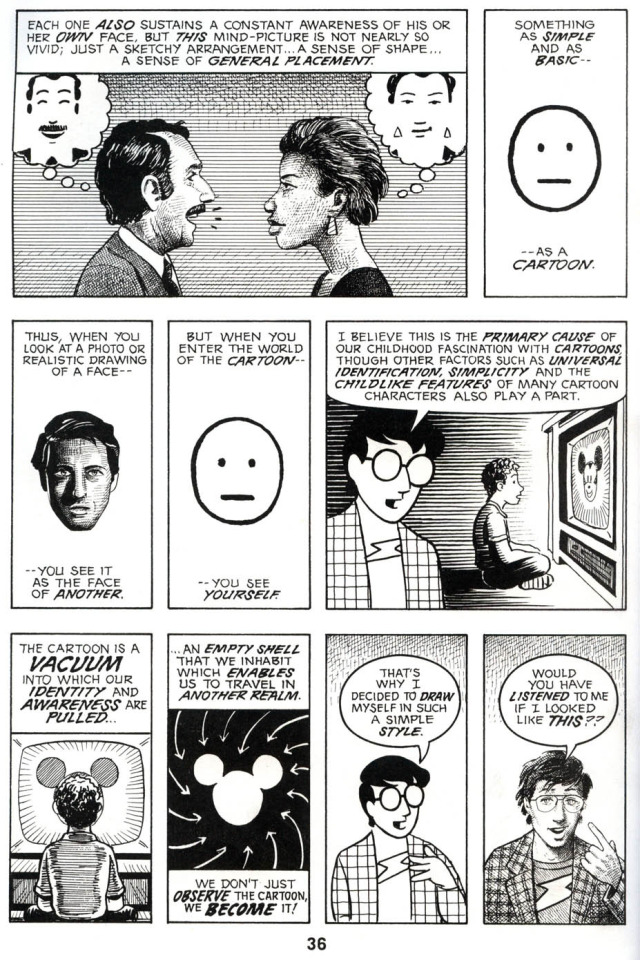
I believe this and I think it has a couple of interesting implications for fandom.
Interesting Implication the First: There is a way in which fan art tends to create a kind of quick, cartoonish iconography for popular fannish characters that can–not rival, it’s not a competition!–but provide a very different kind of fannish pleasure than a very realistically drawn image. To be an old, and draw on an old fannish frames of reference like Stargate Atlantis, there is a way in which John Sheppard is represented by a particular flip of upswept messy black hair that makes him - (hear me out!) - look different from actor Joe Flanagan; similarly, Rodney McKay is characterized by his sandy brown hair, heart shaped <strike>ass</strike> face, and slash of a mouth. See chkc’s wonderful chibi McShep below:

Chibi Mcshep - 2010-05-02 - Uniform (0 words) by chkc
Chapters: 1/1
Fandom: Stargate Atlantis
Rating: General Audiences
Warnings: No Archive Warnings Apply
Relationships: Rodney McKay/John Sheppard
Characters: John Sheppard, Rodney McKay
Additional Tags: Fanart, Chibi
Summary:
John smooches Rodney while in uniform.
I would argue that a fanartist working in a mode like this makes Sheppard more rather than less real–in a way, the further Sheppard gets from Flanagan, the realer he is, and the closer he is to the John Sheppard who took up a lot of real estate in my mind for a while there. Who is NOT Joe Flanigan, and who can disappear for me if he looks too much LIKE Joe Flanigan. (Similarly: Han Solo is not Harrison Ford! Misha is not Cas! Etc. ) YMMV of course, and certainly there is wonderful realistic art, but I think that fan art serves a lot of different purposes, and there’s something wonderful about more iconographic art…
Next week: Interesting Implication the Second!

